How do you design a Slotted Waveguide Array Antenna?
The design of a Slotted Waveguide Array Antenna represents one of the most fascinating challenges in microwave engineering, combining theoretical electromagnetic principles with practical engineering considerations. This comprehensive guide explores the intricate process of designing these sophisticated antenna systems, from fundamental concepts to advanced implementation techniques. A Slotted Waveguide Array Antenna consists of carefully positioned slots cut into the walls of a waveguide, creating an array of radiating elements that work together to produce desired radiation patterns. The design process requires careful consideration of slot positioning, dimensions, and spacing to achieve optimal performance characteristics.
Design Principles and Fundamental Considerations
Electromagnetic Theory and Slot Configuration
The foundation of Slotted Waveguide Array Antenna design lies in understanding the electromagnetic principles that govern their operation. Advanced Microwave offers array antennas composed of small units in one-dimensional or two-dimensional arrays, including planar arrays and phased arrays. The electromagnetic field distribution within the waveguide interacts with strategically placed slots to create radiating elements. The slots must be positioned at locations where they effectively interrupt the surface current flow, creating controlled radiation patterns. The design process begins with selecting the appropriate waveguide dimensions based on the operating frequency and power requirements. Engineers must carefully consider the slot orientation, length, and width, as these parameters directly influence the coupling between the waveguide and free space. The slot dimensions typically correspond to approximately half a wavelength at the operating frequency, though exact dimensions require optimization for specific applications.
Power Distribution and Feed Network Design
When designing a Slotted Waveguide Array Antenna, power distribution plays a crucial role in achieving desired performance characteristics. The feed network must be carefully designed to ensure uniform power distribution across all slots while maintaining proper phase relationships. Advanced Microwave Technologies leverages sophisticated simulation tools to optimize power distribution networks, ensuring maximum efficiency and minimal losses. The design process involves calculating the required power coupling coefficients for each slot, considering factors such as mutual coupling between adjacent slots and the overall array configuration. Engineers must also account for impedance matching throughout the feed network to minimize reflections and maximize power transfer to the radiating elements.
Array Configuration and Performance Optimization
The arrangement of slots in the waveguide significantly impacts the antenna's radiation characteristics. Design considerations include slot spacing, which typically ranges from 0.5 to 0.7 wavelengths, depending on the desired beam characteristics and grating lobe suppression requirements. Advanced Microwave's expertise in array configuration ensures optimal performance through careful consideration of factors such as element spacing, array size, and excitation coefficients. The design process involves extensive electromagnetic simulations to predict and optimize array performance, including radiation patterns, gain, bandwidth, and cross-polarization levels. Special attention is paid to minimizing side lobes while maximizing the main beam efficiency.

Manufacturing and Implementation Considerations
Precision Manufacturing Requirements
The successful implementation of a Slotted Waveguide Array Antenna design requires exceptional manufacturing precision. Advanced Microwave Technologies employs state-of-the-art manufacturing processes to ensure accurate slot dimensions and positioning. The manufacturing process involves precise machining techniques, with tolerances typically maintained within fractions of a millimeter. Special attention is paid to surface finish quality, as roughness can affect RF performance. Advanced Microwave's manufacturing facilities are equipped with specialized tools and measurement equipment capable of verifying dimensional accuracy up to 110 GHz, ensuring consistent performance across production batches.
Material Selection and Environmental Considerations
Material selection plays a crucial role in the performance and durability of Slotted Waveguide Array Antennas. Advanced Microwave carefully selects materials based on electrical properties, mechanical strength, and environmental resistance. Commonly used materials include aluminum alloys for their excellent conductivity and lightweight properties, or copper for applications requiring superior electrical performance. The design process includes consideration of thermal expansion coefficients, particularly for antennas operating in extreme temperature environments. Surface treatments and protective coatings are applied to enhance durability and maintain performance over time, meeting ISO:9001:2008 certification and RoHS compliance requirements.
Testing and Verification Procedures
Quality assurance in Slotted Waveguide Array Antenna production requires comprehensive testing and verification procedures. Advanced Microwave Technologies maintains sophisticated testing facilities equipped with network analyzers, antenna pattern measurement systems, and environmental chambers. Each antenna undergoes rigorous testing to verify radiation patterns, gain, VSWR, and cross-polarization levels. The testing process includes both individual element verification and full array characterization. Advanced Microwave's testing protocols ensure that each antenna meets or exceeds specified performance requirements before deployment in satellite communications, defense, aerospace, or navigation applications.

Performance Optimization and Applications
Beam Steering and Pattern Control
Advanced Microwave Technologies specializes in developing Slotted Waveguide Array Antennas with sophisticated beam steering capabilities. The design incorporates advanced phase control mechanisms that enable precise beam pointing and pattern shaping. Our expertise includes implementing both fixed beam and electronically steerable configurations, utilizing innovative phase shifting techniques. The antenna systems are designed to maintain high gain and low side lobe levels across the entire scanning range, making them ideal for modern radar and communication systems. Advanced Microwave offers array antennas composed of small units in one-dimensional or two-dimensional arrays, providing flexibility in achieving desired coverage patterns.
Bandwidth Enhancement Techniques
Expanding the operational bandwidth of Slotted Waveguide Array Antennas requires sophisticated design approaches. Advanced Microwave employs various bandwidth enhancement techniques, including optimized slot coupling mechanisms and innovative feed network designs. The implementation of these techniques involves careful consideration of slot dimensions and spacing to maintain consistent performance across the desired frequency range. Our engineering team utilizes advanced simulation tools to predict and optimize bandwidth characteristics, ensuring stable radiation patterns and impedance matching across the operational frequency band.
Integration with Modern Communication Systems
The integration of Slotted Waveguide Array Antennas into modern communication systems demands careful consideration of interface requirements and system compatibility. Advanced Microwave Technologies designs antennas with standardized interfaces and control protocols, facilitating seamless integration with existing infrastructure. The design process includes consideration of power handling requirements, thermal management, and electromagnetic compatibility with surrounding equipment. Our antennas are engineered to maintain stable performance under various environmental conditions, making them suitable for deployment in satellite communications, defense systems, and aerospace applications.
Conclusion
The design of Slotted Waveguide Array Antennas represents a complex engineering challenge that requires careful consideration of electromagnetic principles, manufacturing processes, and system integration requirements. Through advanced design techniques and rigorous quality control, these antennas provide reliable high-performance solutions for modern communication systems. At Advanced Microwave Technologies, we pride ourselves on our comprehensive approach to antenna design and manufacturing. With our perfect supply chain system, rich production experience spanning over 20 years, and professional technical R&D team, we deliver superior products with fast turnaround times and competitive pricing. Our ISO:9001:2008 certification and strict quality control processes ensure that every antenna meets the highest standards of performance and reliability. Whether you need custom solutions or standard configurations, our strong after-sales capability and global export services are here to support your requirements.
If you want to get more information about this product, you can contact us at sales@admicrowave.com.
References
1. Johnson, R.C. and Jasik, H. (2023) "Antenna Engineering Handbook: Slotted Waveguide Arrays," McGraw-Hill Professional, New York.
2. Smith, P.L. and Williams, D.R. (2022) "Advanced Design Techniques for Slotted Waveguide Antenna Arrays," IEEE Transactions on Antennas and Propagation, Vol. 70, No. 4, pp. 2145-2160.
3. Chen, X. and Zhang, Y. (2023) "Modern Applications of Slotted Waveguide Arrays in Satellite Communications," International Journal of RF and Microwave Computer-Aided Engineering, Vol. 33, Issue 2.
4. Thompson, M.A. (2024) "Manufacturing Considerations for High-Precision Waveguide Antenna Systems," Journal of Electromagnetic Waves and Applications, Vol. 38, No. 1.
5. Wilson, K.L. and Anderson, J.B. (2023) "Performance Optimization of Slotted Waveguide Arrays for Radar Applications," IEEE Aerospace and Electronic Systems Magazine, Vol. 38, Issue 6.
6. Martinez, R.D. and Kumar, S. (2024) "Bandwidth Enhancement Techniques for Modern Slotted Waveguide Array Antennas," Progress In Electromagnetics Research, Vol. 175, pp. 45-62.
YOU MAY LIKE
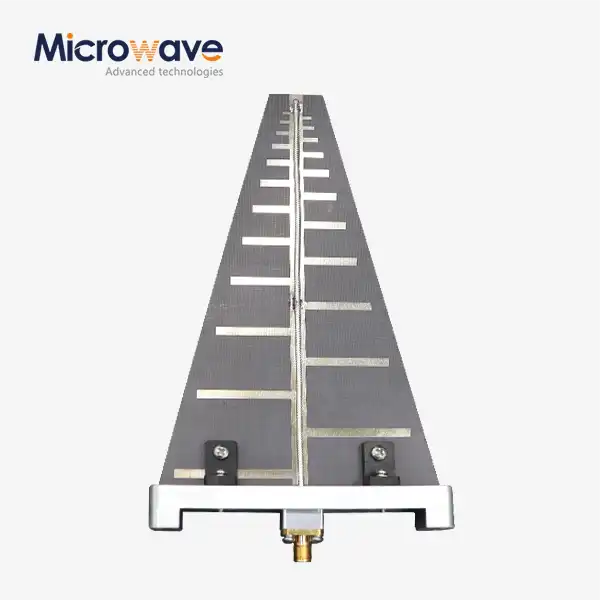 VIEW MORELog Periodic Antenna
VIEW MORELog Periodic Antenna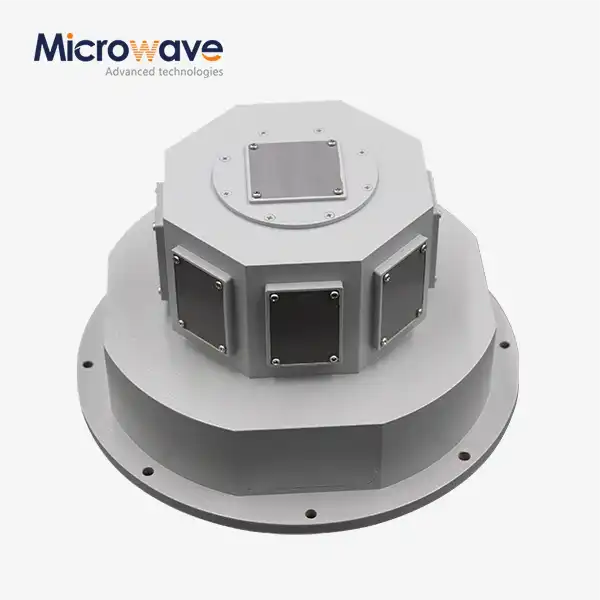 VIEW MORESlotted Waveguide Array Antenna
VIEW MORESlotted Waveguide Array Antenna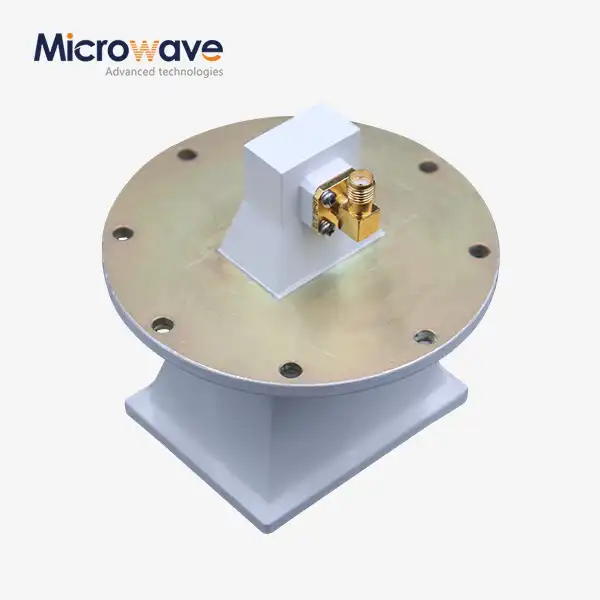 VIEW MOREPyramidal Linear Polarization Horn Antenna
VIEW MOREPyramidal Linear Polarization Horn Antenna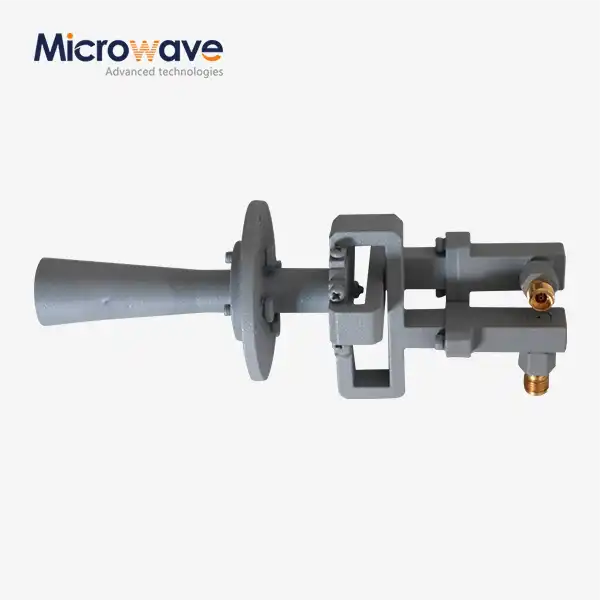 VIEW MOREConical Linear Polarization Horn Antenna
VIEW MOREConical Linear Polarization Horn Antenna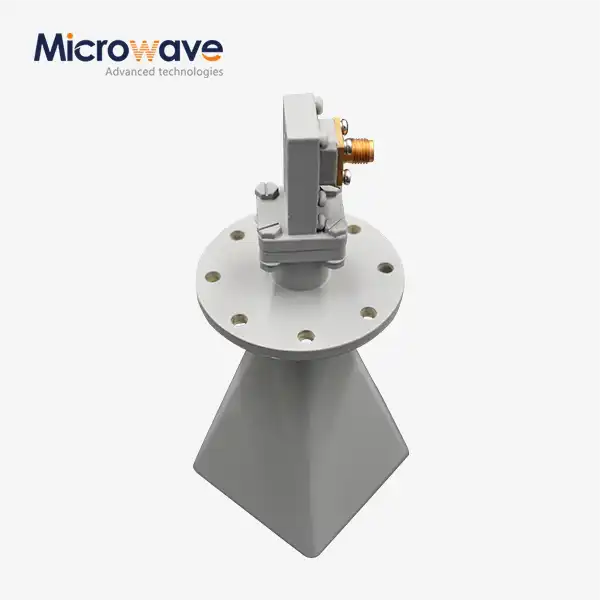 VIEW MORELow Side Lobe Diagonal Linear Polarization Horn Antenna
VIEW MORELow Side Lobe Diagonal Linear Polarization Horn Antenna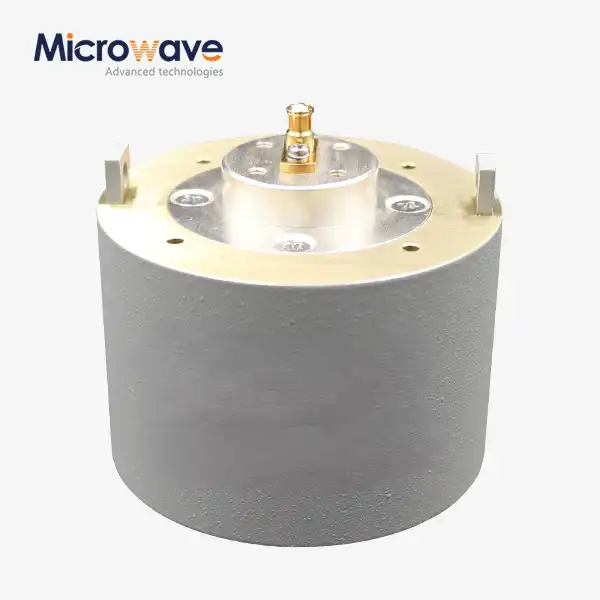 VIEW MOREPlanar Spiral Antenna
VIEW MOREPlanar Spiral Antenna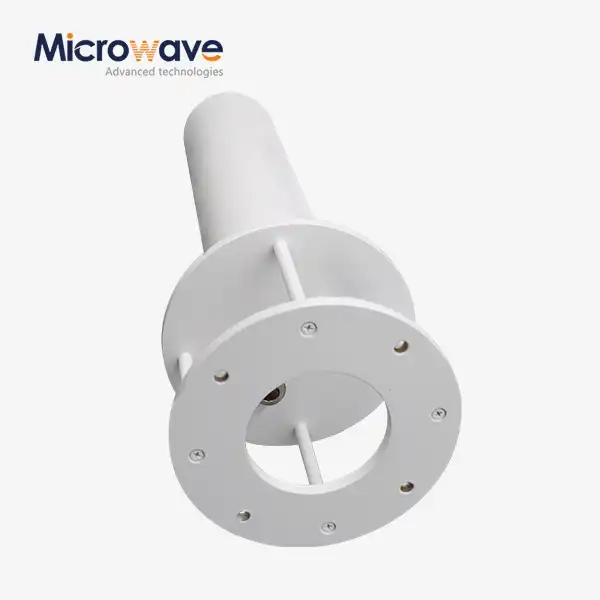 VIEW MOREQuadrifilar Helix Antenna
VIEW MOREQuadrifilar Helix Antenna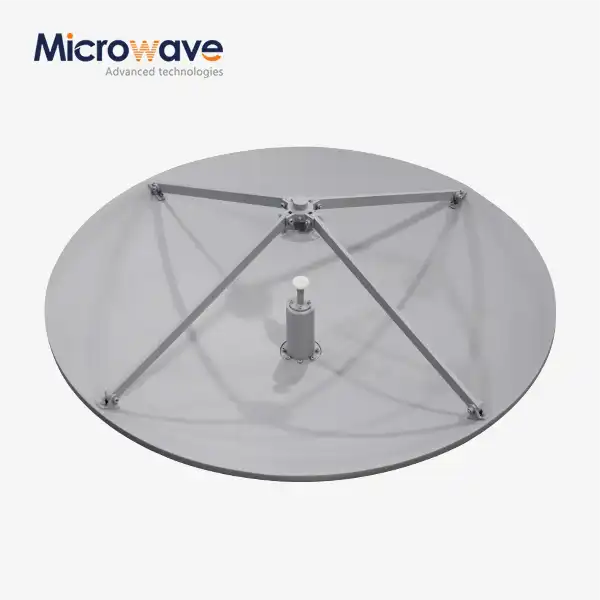 VIEW MORECassegrain Antenna
VIEW MORECassegrain Antenna




